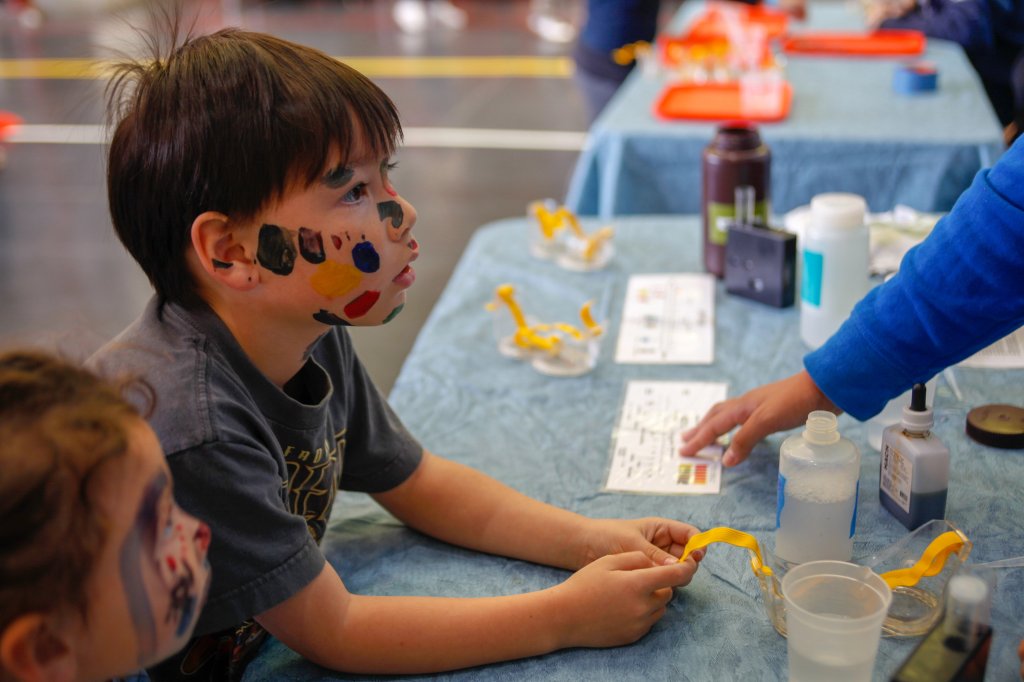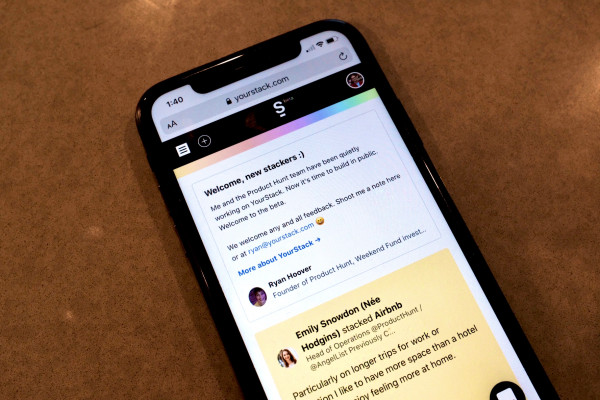Children often imagine science as something done in laboratories by people wearing sparkling white coats and staring down microscopes. But at the age of nine, Allyson Landreth, learned that she could actually have the best of both worlds — enjoy the outdoors and still be a scientist.
While a fifth-grader at Pioneer High School, Landreth took part in the Children’s Discovery Museum BioSITE program aimed to connect school kids to their local environment like rivers, creeks and watersheds. “It sparked my love for science,” said Landreth, now 22 and studying to be a life sciences teacher at San Jose State University.
As the BioSITE program celebrates its 25 year anniversary — with more than 25,000 children from 40 schools, mainly from the San Jose Unified School District, involved over the past two decades — it hopes to inspire others like Landreth.
“We’re taking science out of textbooks and putting it into their hands,” said Biret Adden, director of the BioSITE program.
To showcase the spirit of BioSITE, students involved in the program on Thursday engaged visitors in interactive activities. They traced and painted different leaves, matched paw prints with animals, and created artwork to decorate paper-fish displays. The walls also displayed student drawings inspired by their BioSITE experiences. The activities will continue on Friday, with the displays still on hand.
Elena Bugaenko, who visited the BioSITE open day with her five-year-old son, Grisha, who enjoyed the event. “All the activities are very engaging for kids,” she said.
Marilee Jennings, executive director of the Children’s Discovery Museum, recalled how they first imagined the program would work and saw it as an opportunity for school kids to engage in hands-on science activities, it was to ” be a move from textbooks to a living laboratory”
And, indeed, it has been, with kids hiking to the Guadalupe River, studying its water, plants and wildlife.
It started out with two San Jose elementary schools — Washington Elementary and Gardner Academy — making weekly visits to the creek. Now, the program has blossomed into fourth and fifth-graders from various local schools collecting water samples and doing fieldwork. “This river is an incredibly feature in their community,” Jennings said.
The kids collect data on water flow, temperature, and how much oxygen is in the water to keep a tab on its health. They now have 15 years of data that they’ve made available online. Once, the U.S. Army Corps of Engineers even requested to use this data, while working on a stretch of the river. “The fact that we’re out there and we’ve been watching this river for so long….this was such an empowering moment,” Adden recalled.
The BioSITE program also teaches high school students about ecology and water conservation while teaming them up with fourth-graders. The high school students then go on to mentor the elementary school kids, lead field activities, while picking up leadership and teaching skills. “That’s something special about BIOsite,” Adden said, “it’s this cross-age mentorship.”
Katherine Rowe, a sophomore BioSITE student from Pioneer High School, who mentors a fourth-grade student team, said she’s seen firsthand how the interactive sessions have made shy elementary students more open to discussions.
Recalling one such student, Rowe said, “Her (student) face lights up every time.”










